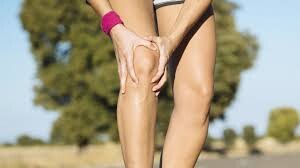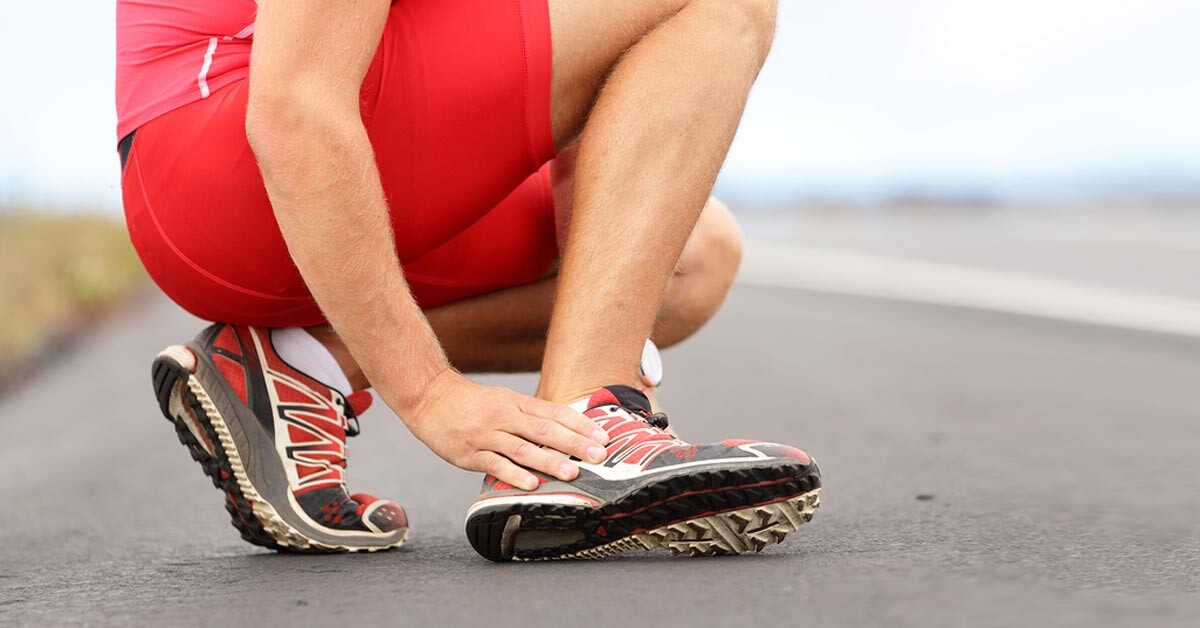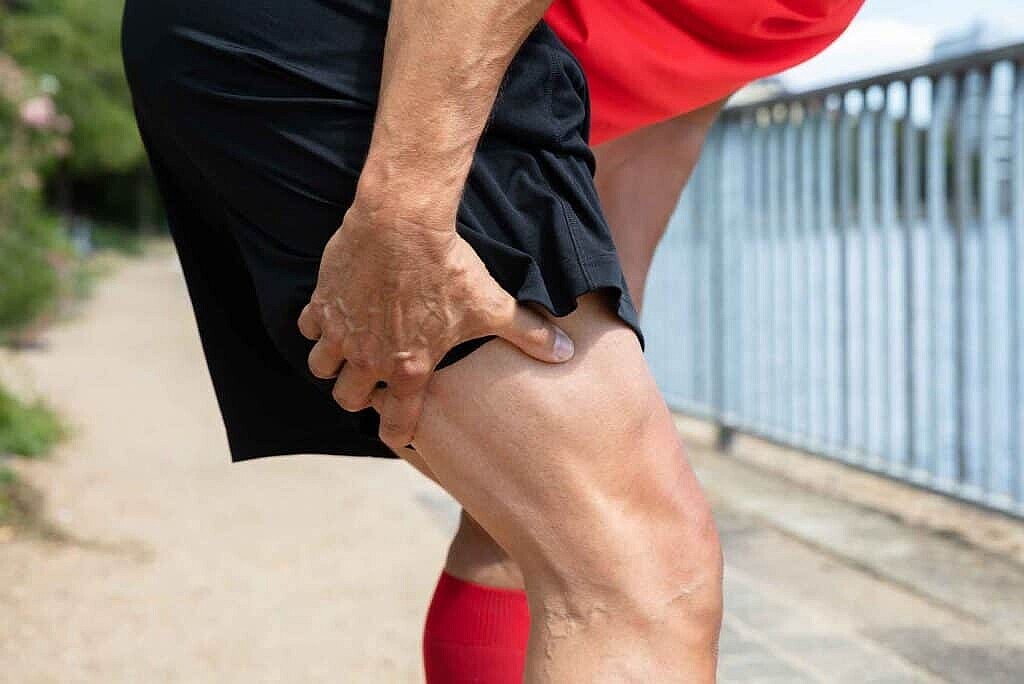Running News Daily
Running News Daily is edited by Bob Anderson. Send your news items to bob@mybestruns.com Advertising opportunities available. Train the Kenyan Way at KATA Kenya and Portugal owned and operated by Bob Anderson. Be sure to catch our movie A Long Run the movie KATA Running Camps and KATA Potato Farms - 31 now open in Kenya! https://kata.ke/
Index to Daily Posts · Sign Up For Updates · Run The World Feed
How do most runners avoid getting injured
Cooler weather means people will be headed outdoors for outside activities. Runners especially love this time of year. The wide variety of upcoming races in the Valley give runners extra motivation to step up their game.
Increased training and activity also ups the potential for race-related injuries.
Here are some common problems runners experience and some measures to help prevent them.
Runner’s knee

According to a survey done by Runner’s World, about 40 percent of all running injuries involve the knee.The most common knee injury is patellofemoral pain syndrome, also known as “runner’s knee.” It occurs when the cartilage beneath the kneecap becomes irritated or inflamed.
You can avoid runner’s knee by doing a few things:
Keep thigh muscles strong and limber with regular exercise.
Avoid running on hard surfaces, such as concrete.

Buy high-quality running shoes and discard them when they begin to break down or wear unevenly.
A certain amount of soreness and stiffness is to be expected with increased training. Signs and symptoms of something more serious may include:
Popping or crunching noises
Inability to fully straighten the knee
Inability to bear weight on your knee
Feel as if your knee “gives out”
Knee feels “locked” and cannot be straightened or flexed
Minor knee pain can be treated with physical therapy and anti-inflammatory medicine. If pain persists or worsens, additional treatments such as corticosteroid injection, knee viscosupplementation, or stem cell injection may be needed. Novocur also offers radiofrequency ablation, which usually provides pain relief for 6-12months.
2.- Achilles tendonitis
The Achilles tendon stretches between the heel and calf muscles. When overstressed, the tendon becomes irritated and painful. This injury must be rested and rehabbed to prevent it from becoming more severe.
Icing regularly and taking anti-inflammatory painkillers such as ibuprofen or naproxen are the typical treatments.
This injury usually occurs when someone quickly increases a workout regimen. Prevention involves a more gradual pace of increase, along with exercises to strengthen calf muscles and stretching before and after workouts.
Hamstring problems
These painful muscle injuries usually occur after a sudden acceleration during running. They range from minor strains to major tears and treatment can be as simple as a few days’ rest or as involved as several months of intensive physical therapy.
The best way to prevent hamstring pulls is through strengthening and flexibility exercises. A period of warmup and stretching before the intended athletic activity is best to maximize flexibility.
IT band issues
The iliotibial (IT) band stretches along the outside of the thigh from the hip to the knee.
“When you run, your knee flexes and extends, which causes the IT band to rub on the side of the femur,” explains Runner’s World.
This spot is susceptible to irritation during downhill running or if you significantly increase your workout.
A Stanford research study found weak hip and butt muscles are primary contributors to IT band problems. As a result, the recommended preventive behavior is to strengthen those muscles with appropriate exercise.
Plantar fasciitis
This is a fancy name for painful heels. Symptoms usually start with mild pain on the heel bone that feels like a bruise. If not treated early, it can eventually result in knee, hip and back pain because you will change the way you walk to relieve pressure on the heel.
A combination of stretching and applying ice to the area is recommended for plantar fasciitis. Also, keeping weight off the affected foot is helpful.
There are many stretching exercises that can help relieve or prevent this injury. The objective is to strengthen the foot and calves and stretch the Achilles tendon.
Unfortunately, no matter how careful you are and in spite of all your preparation, injuries happen. Sometimes you can overcome them with rest and home treatments. But if symptoms persist or the pain increases, seek treatment from a pain specialist familiar with running injuries. It can help you get back on track.
by Dr. Alex Bigham
Login to leave a comment




